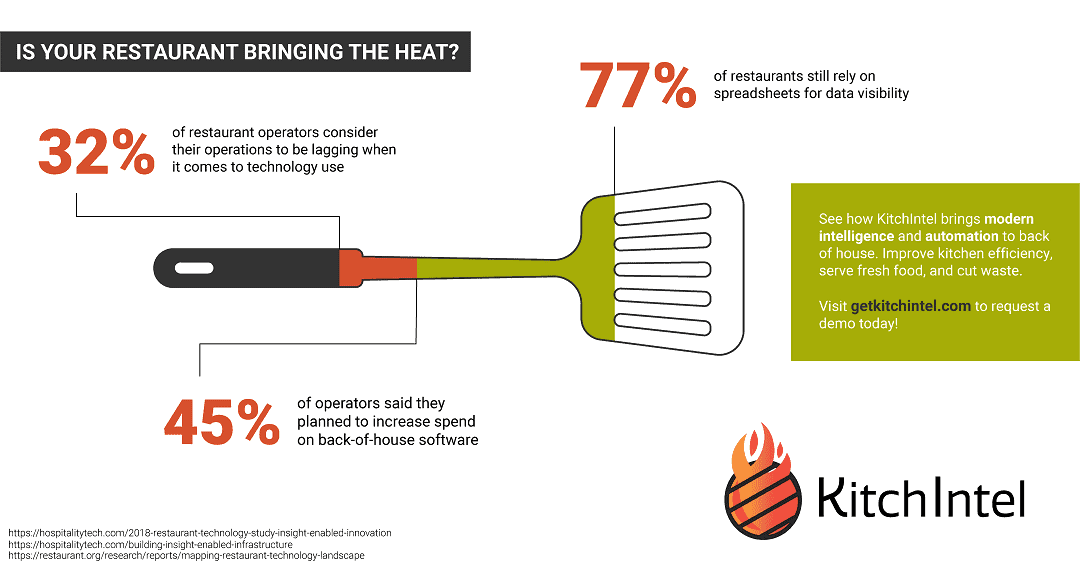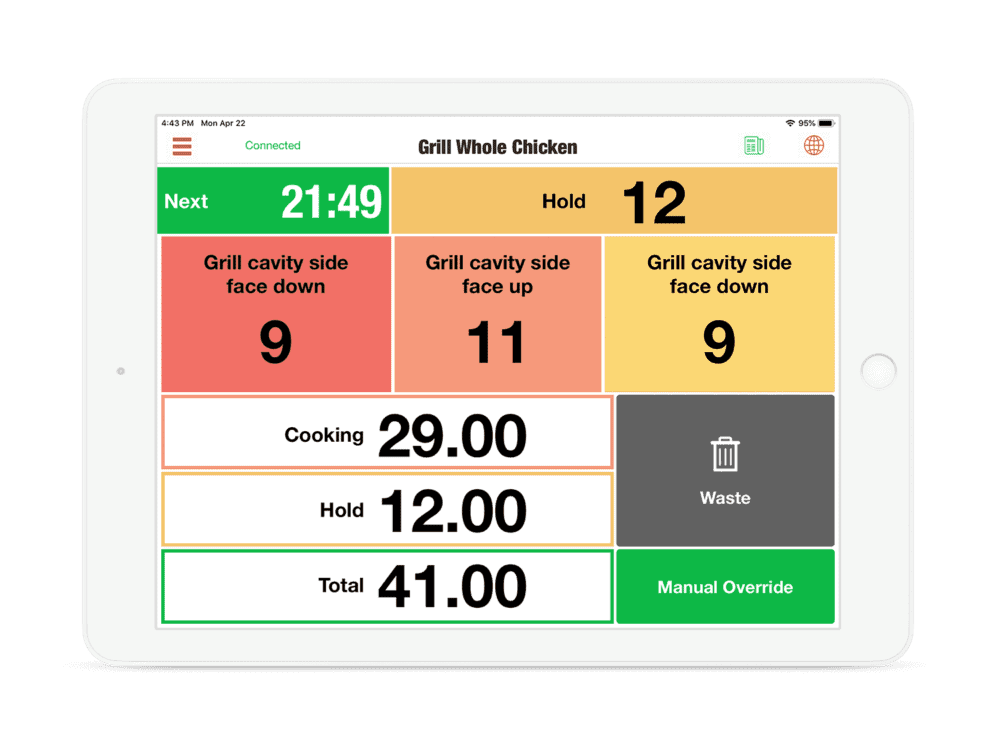The Innovation Slump for Back of House Restaurant Operations
Kitchen management and food preparation can get lost among the many outlets to harness technology for restaurant innovation. While front of house and customer engagement are demanding digital transformation around every corner, don’t leave the back of house behind!
It’s easy to perceive a restaurant as making an effort to be technologically advanced when it is customer facing. From online ordering, free Wi-Fi, and mobile pay to self-service kiosks and tabletop tablets. If it enhances the guest experience, restaurants are more likely to give the front of house a digital facelift before the back.
Therefore, it isn’t a surprise that 37% of restaurant operators feel the most important area of technology development within the next 5 years is customer ordering. Inefficiencies can be more easily detected amongst hundreds of customer interactions than they would be within a handful of historically overlooked back of house employees.
As we look at the various 2019 restaurant technology trend reports, most only focus on what technology for customer engagement will look like. But there are obviously issues to address when it comes to internal operations. 42% of restaurateurs say that high operating and food costs are one of their top challenges to running a successful restaurant. Only 12% believe that their operations are leading-edge.
While 78% of restaurant operators do check their sales and metrics daily, to be truly innovative with their data and technology, they need to look at the whole house. Restauranteurs can’t run a well-oiled machine when one half is outpacing the other.

So how does one get over the innovation slump that can threaten a restaurant’s success?
When operators think of back of house technology, it’s evident from a quick online search that they are typically envisioning physical robots. Innovative back of house strategies that drive more efficient restaurant experiences don’t always require physical reconfigurations. Consider focusing on automation tools that address operational issues, such as labor management and food waste without replacing the human aspect.
Back of House Innovation for Labor Management
Instead of focusing on technology that takes the workers out of the kitchen, why not provide tools that train, guide and inform kitchen staff? According to Toast’s 2019 Restaurant Success Report, 32% of restaurants do not offer their employees handbooks. The quality of food served should not be too dependent on the skill and training requirements of the kitchen staff. The focus should be on using digital innovations to guide the employee through the cooking process therefore minimizing training time and food errors.
Reducing Food Waste Starts in the Kitchen
According to US Foods (source), the three major culprits for food waste is spoilage, pilferage and over-portioning. Knowing the right amount of food to cook and when to start cooking it will greatly reduce the amount of waste. As previously stated, restaurant operators should look to technologies that assist in the cooking process. Solutions that integrate with their existing customer data and inventory tools that are already in place can help decrease food that is wasted in the kitchen.
If restaurants want to keep up with the world of digital transformation and succeed in such a competitive industry, they will need to bring innovation to their back of house operations not just with guest experiences.

Keep Reading: Restaurant Automation
There’s more to explore at Smartbridge.com!
Sign up to be notified when we publish articles, news, videos and more!
Other ways to
follow us:



